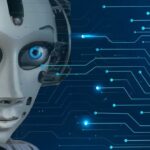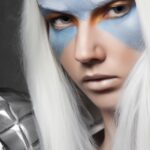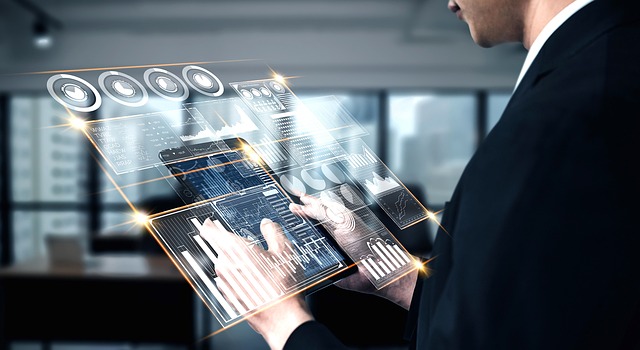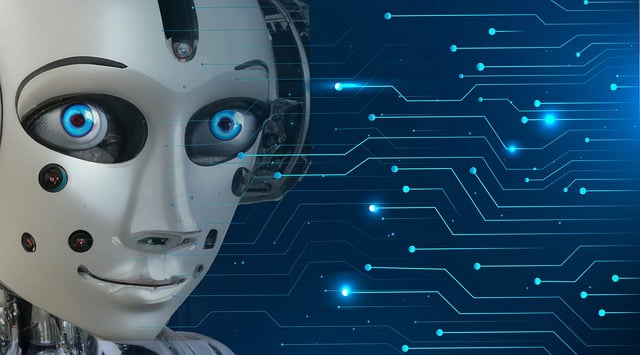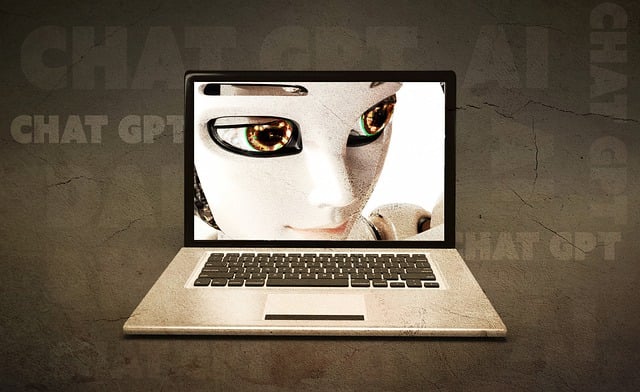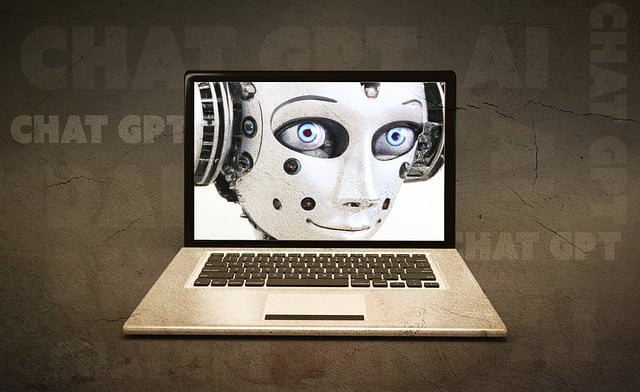Section 1: Understanding AI and Creativity
Artificial Intelligence (AI) has been making waves in various industries, from healthcare to finance to transportation. But one area that is often overlooked is its potential to unleash creativity. The common misconception is that AI is only capable of performing repetitive and mundane tasks. However, with advancements in technology, AI is now proving to be a powerful tool in unleashing boundless imagination and creativity.
So, how exactly can AI help in fostering creativity? To understand this, we must first understand what AI is. Simply put, AI is the simulation of human intelligence processes by machines, especially computer systems. This includes learning, reasoning, and self-correction. With this definition in mind, it is clear that AI has the ability to mimic human thought processes and generate ideas, making it a valuable tool in the creative process.
Section 2: AI as a Collaborative Partner
One of the ways AI can assist in unleashing creativity is by acting as a collaborative partner. In the past, the creative process was solely reliant on human input, which can be limited by our own biases and experiences. However, with AI, we now have access to a vast amount of data and information that can be used to generate new ideas and perspectives.
For example, AI-powered tools such as GPT-3 (Generative Pre-trained Transformer) can generate text based on prompts and can produce a wide range of results, from poetry to essays to code. This allows writers, designers, and artists to collaborate with AI to explore new ideas and push the boundaries of their creativity. By incorporating AI into the creative process, we can expand our thinking and come up with innovative solutions that we may not have thought of on our own.
Section 3: Enhancing Creativity with AI
Aside from being a collaborative partner, AI can also enhance creativity in various ways. One of the most significant ways is through the use of machine learning algorithms. These algorithms can analyze vast amounts of data and identify patterns and trends, which can then be used to generate new ideas.
For instance, in the field of music, AI-powered tools can analyze thousands of songs and create new compositions based on the patterns and structures it has learned. This not only saves time for musicians but also opens up new possibilities for creating unique and original pieces of music. Similarly, in the world of art, AI can analyze various art styles and techniques and generate new pieces of art that blend different styles, creating something truly unique.
Moreover, AI can also assist in the ideation process by providing inspiration and suggestions. For example, AI-powered tools can analyze images, videos, and text to generate mood boards and concept boards, providing a starting point for the creative process. This can be particularly helpful for those experiencing creative blocks or looking to explore new ideas and styles.
Conclusion:
In conclusion, AI has the potential to revolutionize the creative process by acting as a collaborative partner and enhancing creativity. By incorporating AI into our creative endeavors, we can tap into a vast amount of data and resources, allowing us to expand our thinking and push the boundaries of our imagination. However, it is essential to remember that AI is not a replacement for human creativity but rather a tool to enhance and complement it. As technology continues to advance, the possibilities for AI and creativity are endless, and we can only imagine what groundbreaking creations will emerge from this collaboration in the future.




